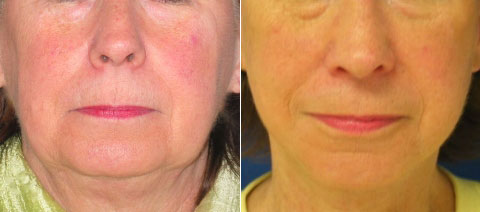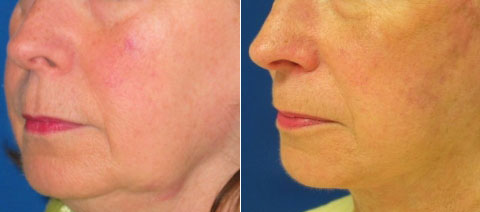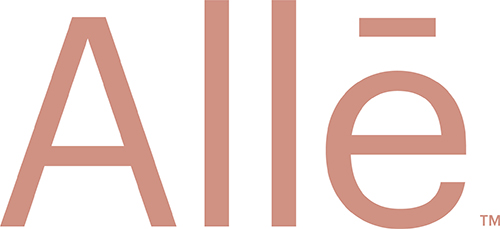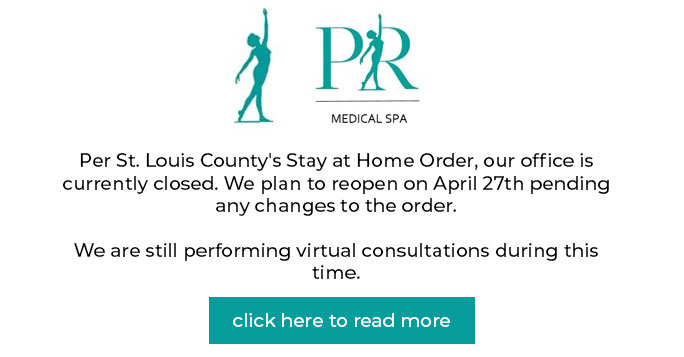Face Lift
Conveniently located to serve St. Louis
A facelift (rhytidectomy) is used to improve loose, sagging skin in the middle to lower part of the face. Facelifts in St. Louis, MO, may be combined with a neck lift, brow lift, or eyelid surgery (depending on your desired results) for full facial rejuvenation. Our facelift procedures are performed by dedicated and masterful plastic surgeons Dr. Paul Rottler and Dr. Angela Hulsey.
What Are The Benefits of A Facelift?
As we mature, we frequently start to lose the smooth, even-textured, well-defined facial features of our youth. Skin laxity begins to occur, which is when it loses its tightness and starts to sag. Genetics play a prominent role in the timing, speed, and extent of facial skin aging, but smoking and excessive sun exposure can accelerate this process.
Performing a facelift procedure can help turn back the signs of aging for a more youthful appearance by reducing or eliminating these symptoms:
- Wrinkles
- Fines lines
- Sagging cheeks
- Nasolabial folds (the lines extending from the nose to the corners of the mouth)
- Jowls
- Double chin and hanging skin on the neck (if a neck lift is also included)
Where Are The Incisions Placed?
Although there are many variations of the facelift procedure, generally, the incisions are hidden in the natural contours of your ears and then extend around the earlobes and back into the hairline. Following surgery, scars can be easily concealed by your hair or makeup. There may also be a small incision hidden underneath your chin if a neck lift is also completed.
How Should I Prepare for Surgery?
If you are a smoker, you will be asked to stop smoking well in advance of surgery. Aspirin and certain anti-inflammatory drugs can cause increased bleeding, so you should avoid taking these medications for a period of time as directed by Dr. Rottler or Dr. Hulsey.
If your hair is very short, you may want to let it grow enough to cover your incisions while they heal. If you are overweight and have a realistic desire to lose more than 15 pounds, you should discuss this with your surgeon, as he or she may recommend delaying your procedure.
What Will The Day of Surgery Be Like?
Your face plastic surgery procedure will be performed at Seven Oaks Surgery Center, LLC, our outpatient surgical facility next door to our practice. You and your plastic surgeon will have decided in advance what type of anesthesia is to be used, either intravenous sedation or general anesthesia.
Through discreet facelift incisions, Dr. Rottler and Dr. Hulsey are able to free the skin from the underlying tissues to the extent necessary for the particular surgical technique selected. After the skin has been pulled up and back, the excess skin is removed.
Sometimes, the deeper tissues may also need to be repositioned to restore a youthful contour to your face. If necessary, a small incision beneath the chin permits the removal of fatty tissue in that area and smoothing of the cord-like structures of the underlying neck muscles.
When surgery is completed, you will be taken into a recovery area, where you will continue to be closely monitored. Sometimes, small tubes are inserted beneath the skin to drain away fluids that might otherwise accumulate, but there is usually little discomfort from the surgery.
What Happens After Facelift Surgery?
Patients should expect to wake up with a compressive head wrap. This helps control bruising and swelling during recovery. Elevating your head when you sleep should minimize swelling and bruising. Most bruising will disappear within two weeks. Remember, you must not take aspirin or certain anti-inflammatory medications, and you should not smoke or be exposed to heavy secondary smoke for a while.
Any bandages and drain tubes will usually be removed in one or two days. At that time, you might notice puffiness and discoloration, which may be more pronounced in some portions of your face than others.
After a few days, you will be permitted to wear makeup to help conceal discoloration. Your stitches will be removed four to seven days after surgery.
When Can I Resume My Normal Activities?
Our surgeons recommend taking at least 7-14 days off of work. Patients should avoid strenuous exercise for four weeks, but may resume light activities after two weeks. Expect several months for complete healing and optimal results. You will be instructed to temporarily avoid exposure to direct sunlight and, for the long term, be conscientious about using sunblock to protect your skin.
Results of Your Facelift
The results of your facelift may be dramatic or subtle, depending on how you look before surgery and the specific goals you and your surgeon have established. Since the healing process is gradual, you should expect to wait at least several weeks for an accurate picture of your “new look.” Additional minor changes, or settling, may occur over several months.
Facelift Surgical Fees
The total cost of a facelift procedure is based on the length of the surgery, severity and location of symptoms, exact techniques used, anesthesia fees, and other patient-specific factors. Combining this treatment with a neck lift or other plastic surgery protocols will also affect the price.
Arrange A Consultation to Learn More
Dr. Paul Rottler and Dr. Angela Hulsey have the experience and skills needed to give you excellent facelift results. To learn more about the facelift in St. Louis, contact our office and schedule your consultation!

